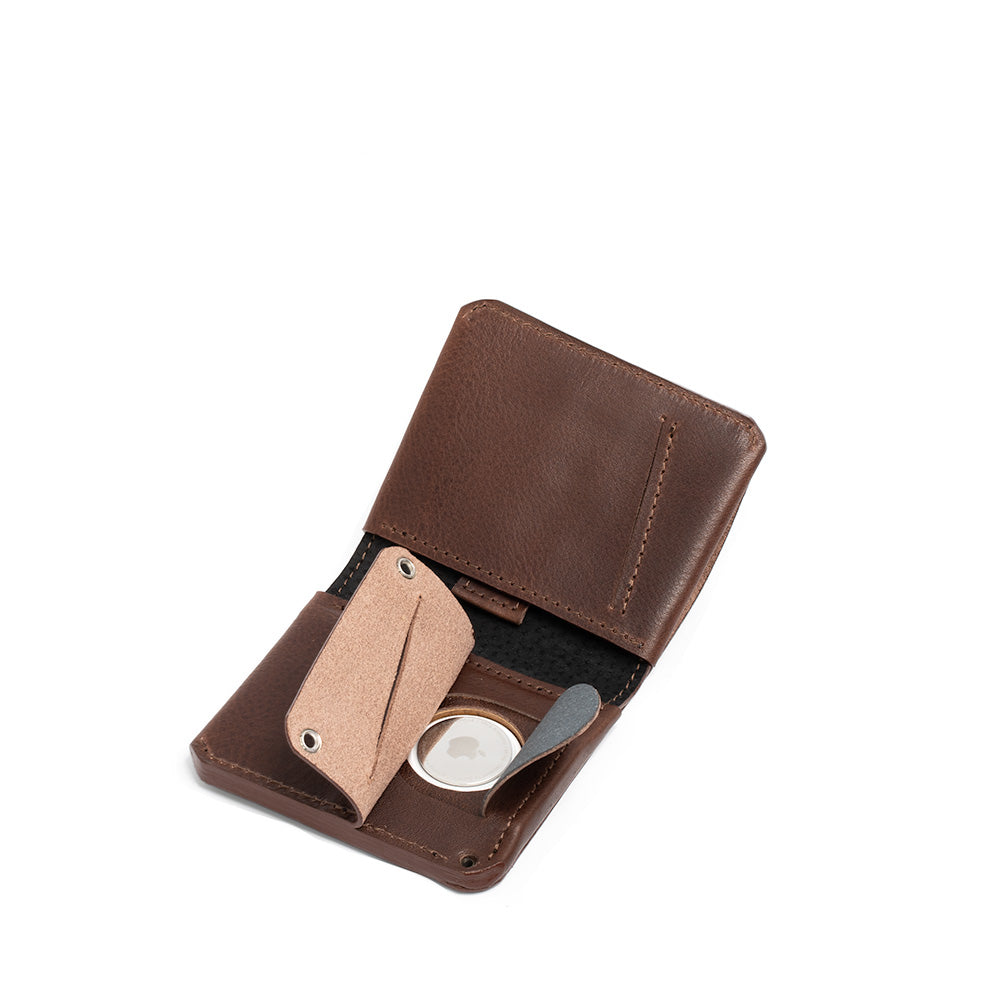Exhausted your iPhone or iPad storage? No need to panic! You can still access files stored on an external drive, even with your device's proprietary Lightning connector. If you're bogged down with files you don't need every day or need to offload a glut of photos and videos to free up space, plug an external hard drive in and transfer those files.
Apple brought this functionality into reality with the release of iOS 13 in 2019, which incorporated native support for external storage devices. This feature includes both Lightning and USB-C connectors.
Lightning vs. USB-C
Before you plug an external device into your iPhone or iPad, you need to identify its connector type. Apple introduced the Lightning port in 2012, aiming to slim down the iPhone. It's smaller than the USB-C port, which debuted two years later. Despite Apple's involvement in the USB-C design process, Lightning and USB-C are distinct technologies, so they're not interchangeable.
Apple's Lightning port, with its slim profile and exposed pins, is perfect for iPhones and iPads. It handles about 12 watts of power, likely more. In contrast, USB-C supports over 100 watts. Although modern iPhones still utilize the Lightning port, the latest iPads (including iPad Pro, iPad Air, iPad mini, and the 10th-generation iPad) have switched to USB-C.
How to Physically Connect Your External Storage
Before delving into software, let's establish a physical connection between your device and external storage. If your iPhone or iPad and external device have matching connectors, simply plug them in.
However, if the connectors differ, you'll need an adapter to connect your external device to your iPhone or iPad. Apple offers adapters such as the Lighting to USB 3 Camera Adapter for Lightning connector devices and a USB-C to USB adapter for USB-C connector devices.
How to Browse Files from Your External Storage
Once connected, you can use the native Files app to access your external device. Here's how:
- Open the Files app on your device.
- Under Locations, tap the name of your external drive.
- Tap any file or folder to open it, or press and hold for more management options, such as copying, duplicating, moving, deleting, renaming, tagging, and favoriting.
Troubleshooting: Can't Access Your Storage Device?
If you're facing issues accessing your storage device, here are some troubleshooting steps:
- Check the connection: Verify that your devices are correctly plugged in with the appropriate plugs and adapters. Try alternate cords or adapters if available.
- Check the drive’s file format: Your external storage device must be formatted so that both Mac and iOS devices can read it. Both platforms support exFAT, a format suitable for files up to 4GB.
- Check the power requirements: Some devices may need more power than your iPhone or iPad can provide.
- Consult Apple: As a last resort, reach out to Apple directly for support.
Conclusion
Your iPhone or iPad can access files on external storage devices with the right equipment. This ability turns your device into a fantastic solution for viewing or editing files while you're on the go. Whether you need extra storage or want to access large files without clogging up your device, external storage compatibility provides a flexible and convenient solution.




